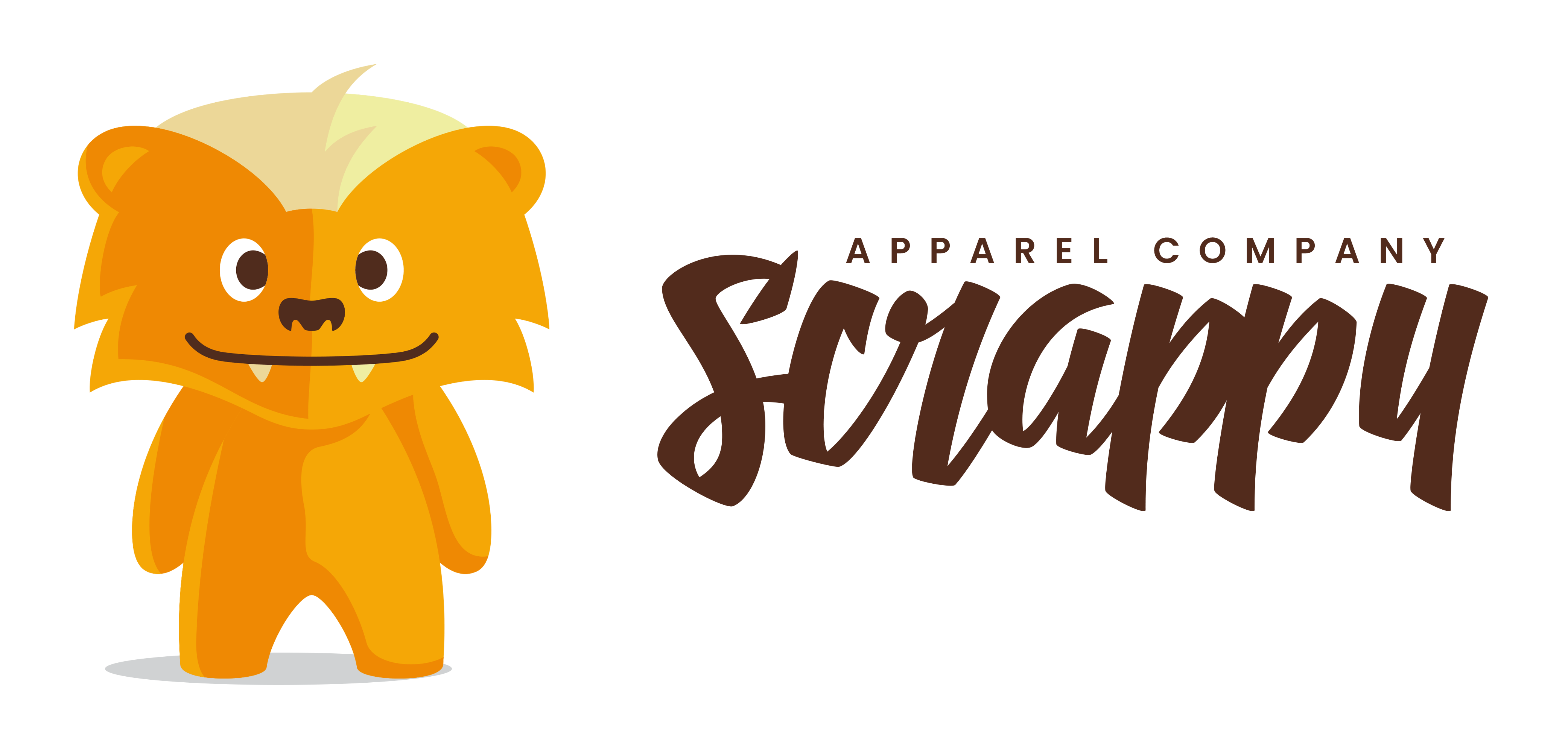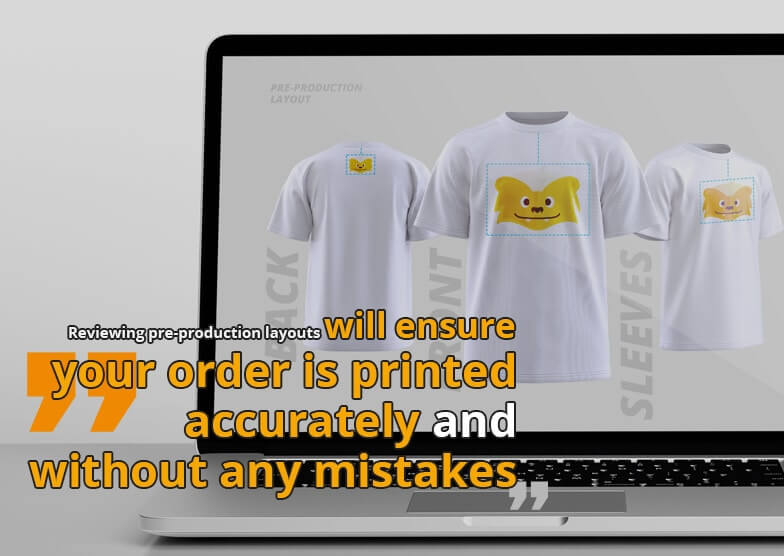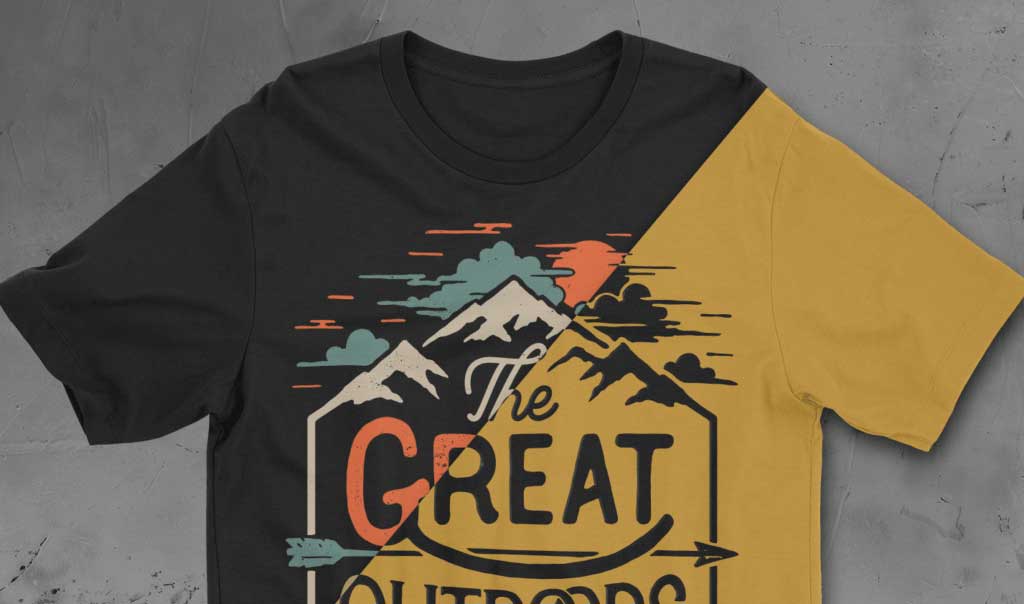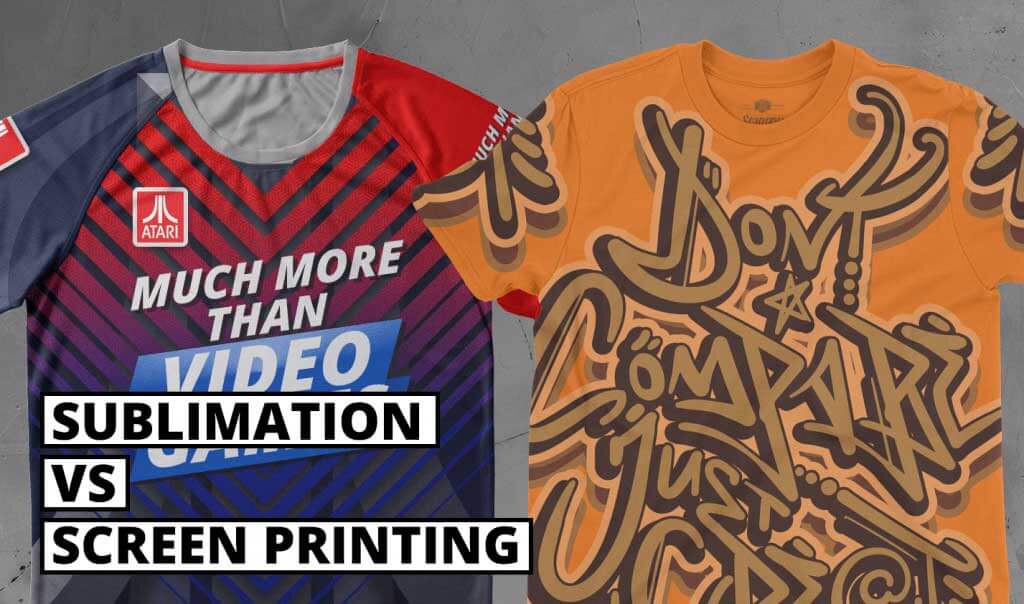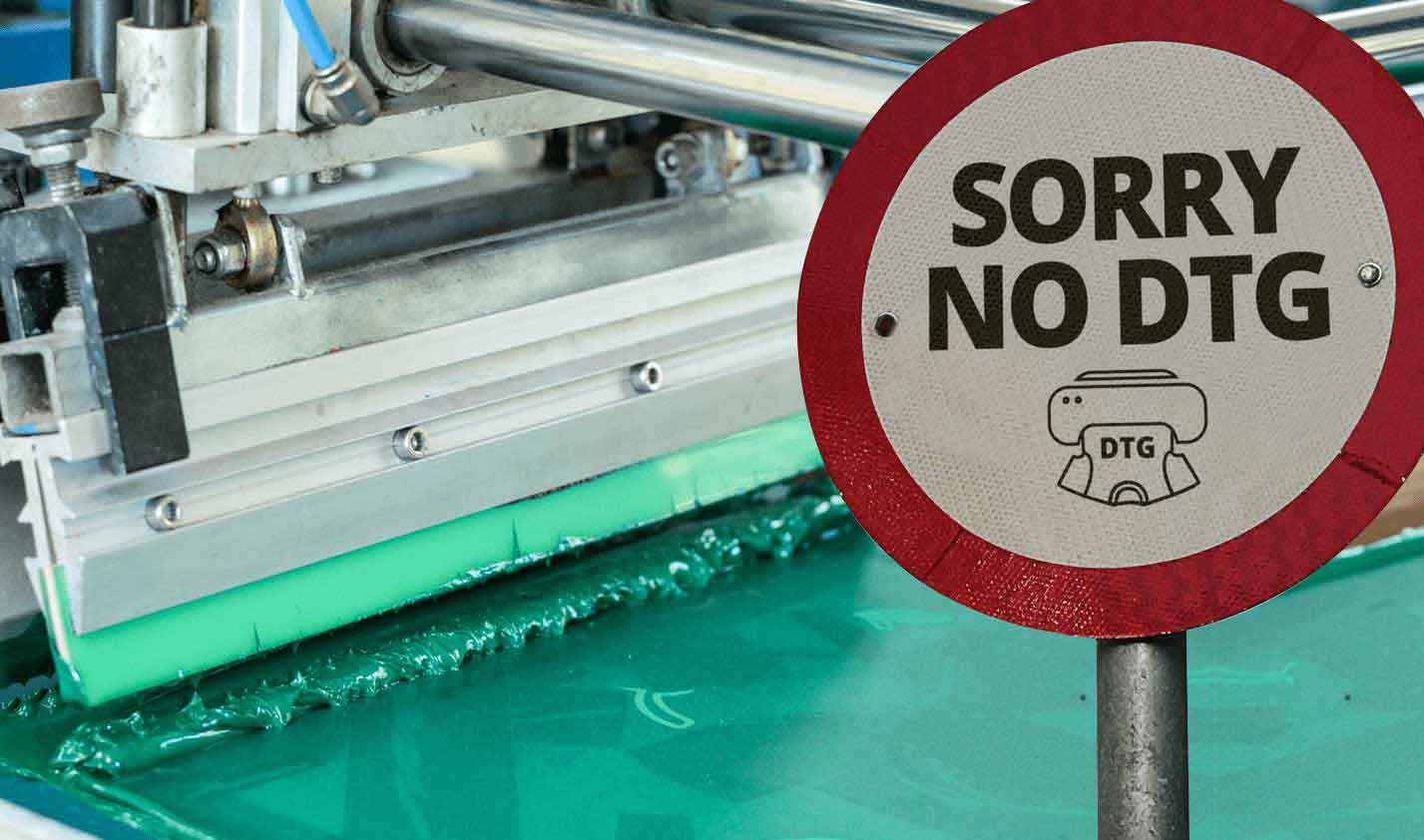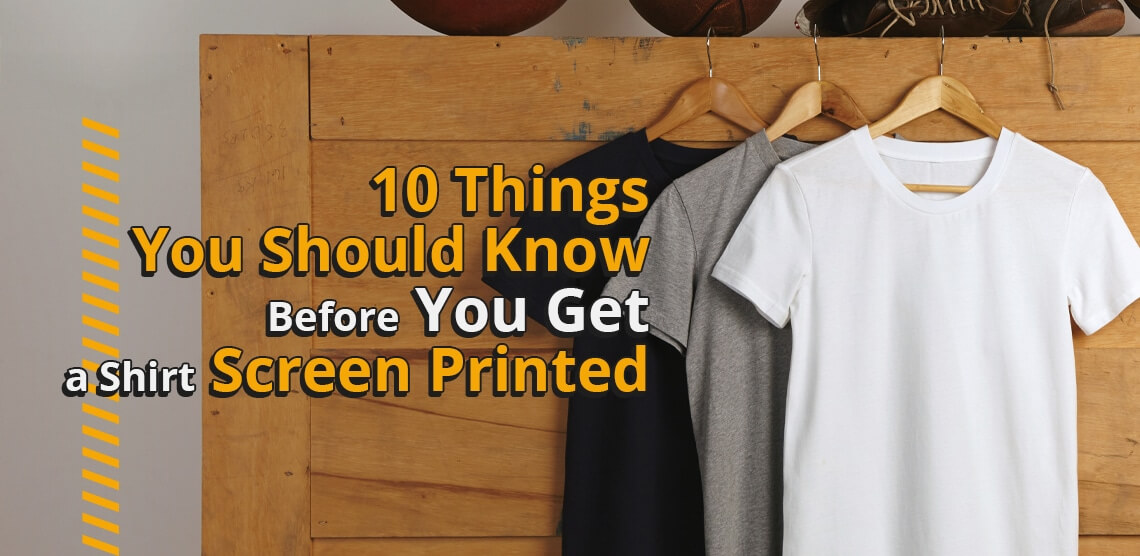
Screen printing is an art form. Over 1,000 years ago, screen printing began in China as a way to print patterns on fabric. (What a #throwback!)
Technology is a little more advanced these days, but let’s be real—your design deserves to be treated with the same level of care the Chinese took when they screen printed artwork by hand.
That’s why it’s so important to work with a custom apparel partner that can offer you the pristine quality you expect. Knowledgeable experts will guide you in the right direction as you make decisions for your custom apparel project.
Even though the right custom apparel partner will help you every step of the way, it’s still a good idea to learn about screen printing so you know what to expect when you place your order.
We’re here to help you out with a mini-guide on what the screen printing process looks like in 2022. (Don’t worry, we’ve updated our information many times since the Song Dynasty.)
Keep reading for 10 things you should know before you get a shirt screen printed:
1. Start with the basics: the fabric, design, and shirt color.
Although these are preliminary factors to consider in every custom apparel order, the decisions aren’t always clear-cut.
Why? Because the color of the shirt, ink color, and fabric type all have different attributes that will affect the outcome of the finished products.
It’s crucial to make strategic fabric, ink, and color choices to achieve impeccable results with screen printing.
First, let’s talk fabric. Here are the fabrics you can use for screen printing.
The most common fabrics for t-shirt printing are 100% cotton, a 50/50 cotton/polyester blend, and 100% polyester.
Here’s a closer look at each type:
Why choose a 100% cotton shirt?
Cotton is a natural fiber that is comfortable to wear, breathes well, and is easy to care for. It’s also one of the most popular choices for screen printing because the fabric takes the ink well.
Want that worn-in look? Cotton marries well with discharge ink, which can be used to create soft printed shirts that have a vintage look and feel.
Additionally, cotton is hypoallergenic, so it’s a good choice for everyone, including people with sensitive skin.
We use Peruvian Pima Cotton (a.k.a. the softest cotton in the world) for many of our garments. It’s dangerous. Once you get your hands on this fabric, you’ll be hooked.
Why choose a 100% polyester shirt?
Polyester is a manmade fiber that is durable, wrinkle-resistant, and easy to care for.
It’s a popular choice for athletes and teams because it can withstand repeated washings and still look great. It’s also lightweight and wearable, which makes it perfect for activewear.
Polyester is also an excellent choice for printing because it doesn’t absorb ink as much as cotton, so the colors are brighter and more vibrant.
Why choose a 50/50 cotton/polyester blend shirt?
You get the best of both worlds with a 50/50 blend. Blended shirts are breathable and comfortable like cotton, but also durable and easy to care for like polyester. Want a shirt that will hold up to repeated wear and washings? A 50/50 blend could be for you.
How to get a design for your screen printing project
This is one of the most important parts of getting a shirt screen printed. (Obviously, you’d end up with a blank shirt if there’s no design to print on it.)
Create a design you love or hire a designer to bring your vision to life. Choose artwork that represents your brand well.
If you design the art yourself, we recommend creating it in Adobe Illustrator or a similar program. Your final artwork will need to be in vector format, not raster format. (Hint: Photoshop is a raster program, and that’s why we don’t recommend it for preparing your final artwork files.)
If you choose to work with a designer on your t-shirt artwork, ask for a few quotes before you decide which person to hire. Be sure to get the quote in writing so there are no surprises later on.
Choosing shirt and ink colors
Keep in mind that light shirt colors tend to show ink darker than they actually are, while dark colors can make light-colored inks appear washed out.
CMYK printing is limited to a set color palette, so your design choices will be more limited. However, if you have a specific color in mind, we can often get close to your desired color with a CMYK print.
On the other hand, Pantone (or spot) color printing gives you more leeway in terms of color choices. With this method, we can print custom colors by mixing Pantone inks. This is a great option if you have a brand with specific colors that need to be used in your design.
The number of colors in your design will affect both the price and the complexity of your screen printing project. Simple designs with one or two colors are generally less expensive, while more complex designs with multiple colors may cost more.
Consider the purpose of your shirts when choosing colors.
Are you trying to make a statement? Create a feeling of unity? Stand out from the crowd? Your shirt’s colors should reflect your goals.
We recommend learning more about color theory to help you choose the perfect hues for your design.
2. Decide which type of ink you want to use.
Ink is a key player in upping your custom apparel game. It affects both the look and feel of your finished garment.
There are three primary inks used for screen printing shirts: plastisol, water-based and discharge.
What is plastisol ink?
Plastisol is the most common type of ink used for shirt printing.
It is made of PVC particles that are suspended in a plasticizer. The ink will not dry until it is exposed to high temperatures. This type of ink can be printed on any color shirt. However, it looks best on dark garments, and it is perfect for detailed designs.
Fun fact: the chemistry of plastisol ink is much different than water-based or discharge ink. Instead of sinking into the fabric, plastisol ink sits on top of the garment.
What is water-based ink?
Water-based inks are made of pigment and water. They dry by evaporation, and they’re best used on natural fabrics (like cotton). They are usually thinner than plastisol inks and result in a softer print on the shirt. Water-based inks can only be printed on light-colored garments, and they will not show up vividly on dark shirts.
What is discharge ink?
Discharge inks are used to print on dark garments and work by removing the color of the shirt where the design is printed, leaving only the ink color. This results in a very soft print that feels like it is part of the garment.
Feel overwhelmed by the ink options? Don’t sweat it. That’s what we’re here for!
Reach out to our team and we will be happy to help you decide which type of ink will work best for your custom apparel.
3. Decide if you want any embellishments or effects applied to your finished shirts.
Over the years, the traditional screen printing process has expanded to include a variety of effects that can make your shirts stand out.
At Scrappy Apparel, we give our customers lots of options for cool screen printing effects:
- Foil
- Glow in the dark
- Liquid gold and silver
- Puff
- Reflective
- Burnout
Let’s take your t-shirts to the next level.
4. Choose the right printing method for your project.
There are two primary methods of screen printing shirts: direct-to-garment (DTG) printing and traditional screen printing.
Direct-to-garment (DTG) printing
DTG printing is a technology that allows for digital designs to be printed directly onto garments.
DTG is actually more expensive than traditional screen printing, but that doesn’t mean it provides better results. DTG is an inferior printing method that results in lower quality finished products (and we don’t want that!)
We only offer our customers the best services, so that’s why we steer clear of DTG at Scrappy Apparel.
Traditional screen printing
Traditional screen printing is the more common method of printing shirts. It involves creating a stencil of your design and using that stencil to apply ink to the garment.
This method is less expensive than DTG printing, and it is best suited for larger orders. If you want your custom apparel to look retail-ready, traditional screen printing is the way to go.
5. Decide how many shirts you want printed.
The number of shirts you need will affect the price of your screen printing project.
We offer a minimum order quantity (MOQ) of 50 pieces, which is lower than many of our competitors. We also offer price breaks, so you can save on the cost per shirt if you need a large quantity.
Always ask for a quote before you place an order.
The cost of screen printing can vary depending on the number of shirts you’re ordering, the embellishments you’re adding, etc.
Be sure to ask for an estimate in advance so you are aware of the investment. We quote our customers at the beginning of the pre-production process.
At Scrappy Apparel, we believe in full transparency without any hidden fees or surprises. You can count on us!
6. Know which file format to save your artwork in.
Our preferred file format is vector EPS.
It’s important to save your file as a vector before you submit it for printing. Vector files are made up of mathematical curves and can be scaled to any size without losing quality. This is important because screen printing requires your design to scale to a large size.
We offer design services to help you with converting files and optimizing your artwork before printing. Let us know if we can assist you!
7. Make sure your design is the correct size for printing.
Most companies will be able to print designs in one of two sizes: 12″ x 16″ or 9″ x 12″. That’s great, but there’s nothing wrong with wanting your design to look bigger and better.
We offer large format screen printing so our customers can make a bold statement with their custom apparel.
We offer four tiers of large format screen printing:
- 16″ x 20″
- 17″ x 22″
- 20″ x 28″
- Entire garment
Our team of custom apparel experts can help you decide which size is best for your project. Don’t be afraid to ask any questions you have.
8. Review your design carefully before submitting it for production.
Once your design is finalized, be sure to proofread it carefully for any mistakes. We know how important it is to get your order right the first time, so our team works diligently to ensure the accuracy of each order.
At Scrappy Apparel, we create precise pre-production layouts for our customers to review to ensure the design, text, placement, and details are correct.
Our Brand Building Process (BBP) eliminates the margin of error and ensures that there aren’t any mistakes in the production process. That is one of the perks you get when you choose us to be your custom apparel partner!
9. Ask about turnaround time and shipping options.
We know how important it is to receive your order on time, especially if you have an event or deadline approaching.
For screen printing, our turnaround time is 15 to 20 business days. However, we may be able to give you a faster turnaround time if you’re in a rush.
Don’t be afraid to ask—we will be honest with you about how fast we can fulfill your order.
10. Decide whether you want to private label your garments.
If you’re looking to start your own clothing line or want to add custom apparel to your existing product offerings, you’ll need to decide whether you want to private label your garments.
Private labeling involves adding your own brand name, logo, and neck labels to the garments. This is a great way to take ownership of your brand and increase awareness for your custom apparel.
Private labeling is a piece of cake when you work with us.
We actually offer a done-for-you neck label service for $75. Our goal is to streamline the private labeling process and take tasks off your to-do list instead of adding more to it.
If you’re interested in private labeling, we’re ready to help you every step of the way.
We offer high-touch support and the best service in the industry for our screen printing customers.
Our customer service is unmatched. We’re passionate about giving our partners the best possible experience, whether you’re ordering shirts for your team or want to start your own line of custom apparel.
We’re here to answer any questions you have about screen printing, the design process, or anything else related to custom apparel.
If you’re ready to put your order into production, let’s talk. We’re eager to get started on your custom apparel project.
